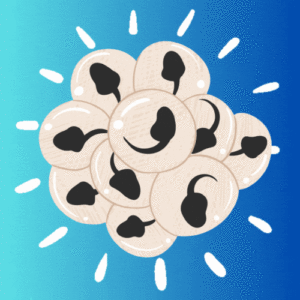
Learn how to take care of tadpoles and raise them into frogs at home.
Can You Keep Tadpoles at Home?
Raising tadpoles at home is a great way to see how a frog develops. It can be a fun activity for the whole family or for students in a classroom! Before you collect the frog spawn from the wild, you need to have all the necessary equipment to keep your tadpoles safe and happy. To take care of tadpoles through their life cycle, you need a range of equipment to accommodate them throughout their life.
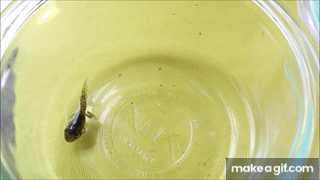
What Do You Need?
To get started, gather all the materials listed below:
- A clean plastic container or fish tank (should have about 4-5 litre capacity).
- Pond or rain water (or even bottled water). Make sure it’s not tap water, as the chlorine in this water will kill tadpoles!
- A calm space out of direct sunlight near a window or outside.

Finding Frog Spawn and Tadpoles
At the beginning of spring, frogs mate in ponds and lay their eggs in big clumps in shallow water.
When you’re ready to collect some frog spawn for you tank, check the edges of ponds and parks, or you can look for them in ponds in nearby woods.
When you find them, you need to be careful in collecting them. Follow these steps to keep the frog spawn healthy and safe.
- Bring 2 clean jars with screw top lids.
- Lie down at the edge of the water and carefully scoop up frog spawn or some tadpoles using one of the jars.
- Use the second jar to scoop some water and pour it into the jar with the spawn or tadpoles.
- Try to collect some underwater plants and more pond water in the second jar. When you get home to your tank, you can use this water and these plants to fill your tank.
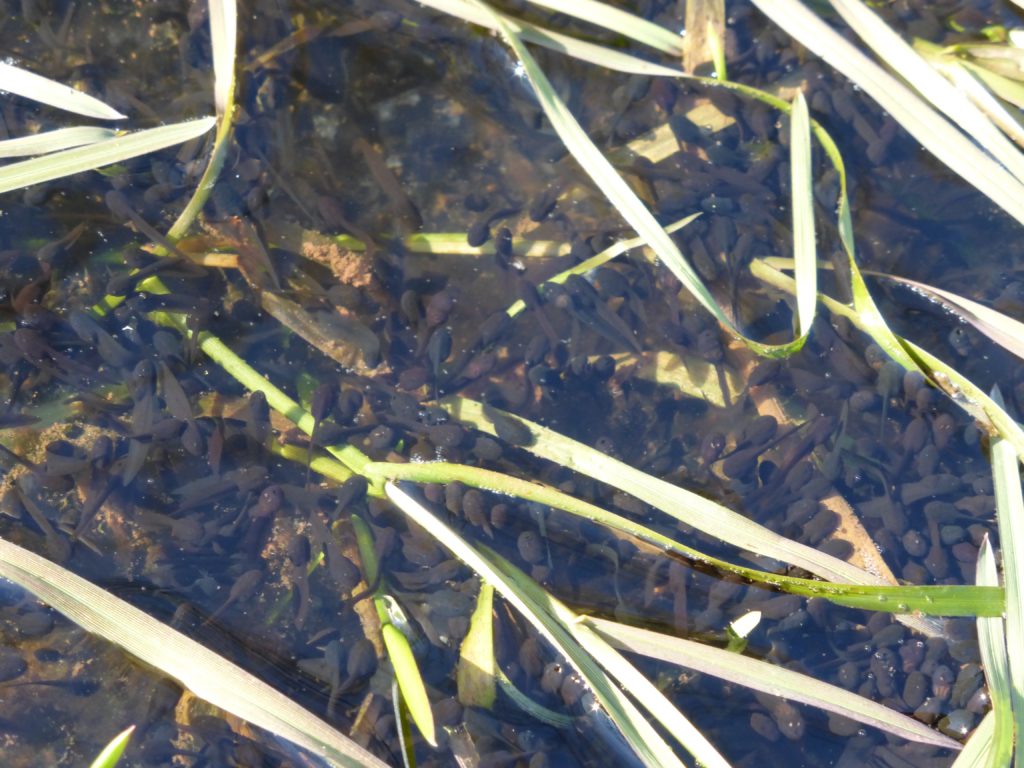
Feeding Your Tadpoles
Young tadpoles feed by scraping at the leaves of pond weed. They also like fresh lettuce and baby spinach. Before you feed them, remember to rinse the leaves thoroughly so the food is nice and clean for the tadpoles.
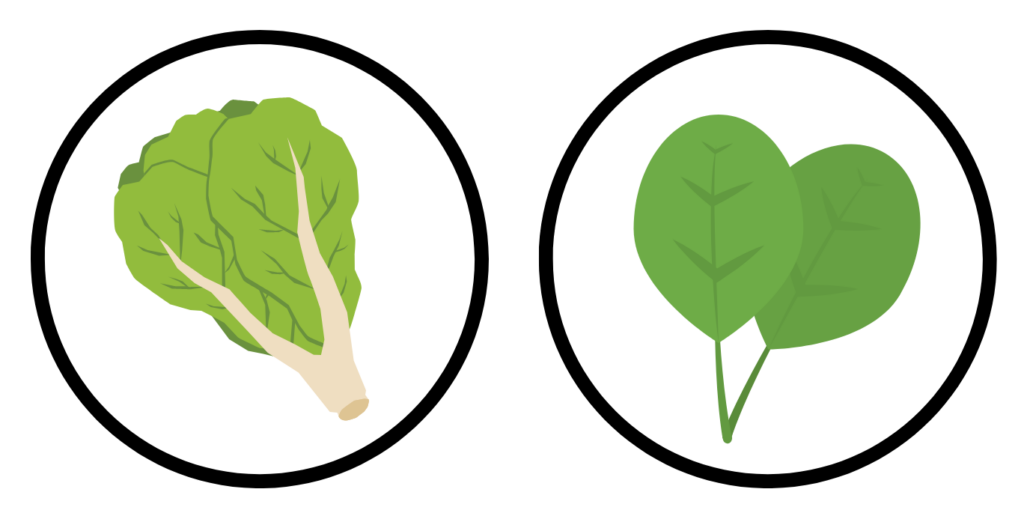
Tadpoles only need a little bit of food. It is very important that their water is clean all the time, so change the leaves if they start to look sad!
As tadpoles get bigger they will eat anything they can! You can feed them with flakes of fish food from a pet shop.
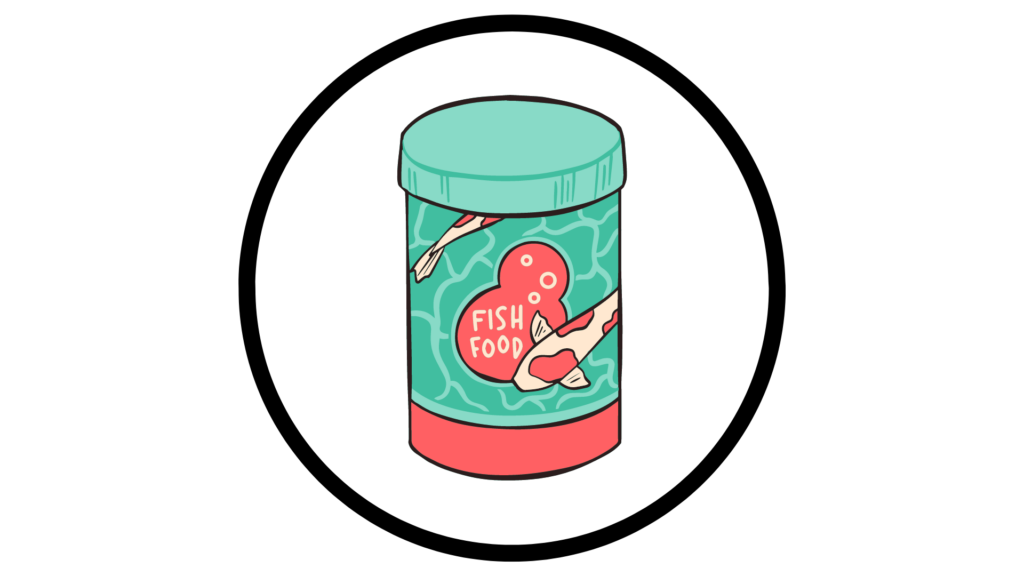
When tadpoles grow legs they become carnivorous, meaning they eat meat. Small pieces of meat can be suspended in the water on a piece of string and remember to change the meat every day. They will eat each other if you don’t provide meat for them, so be sure to keep them well fed!
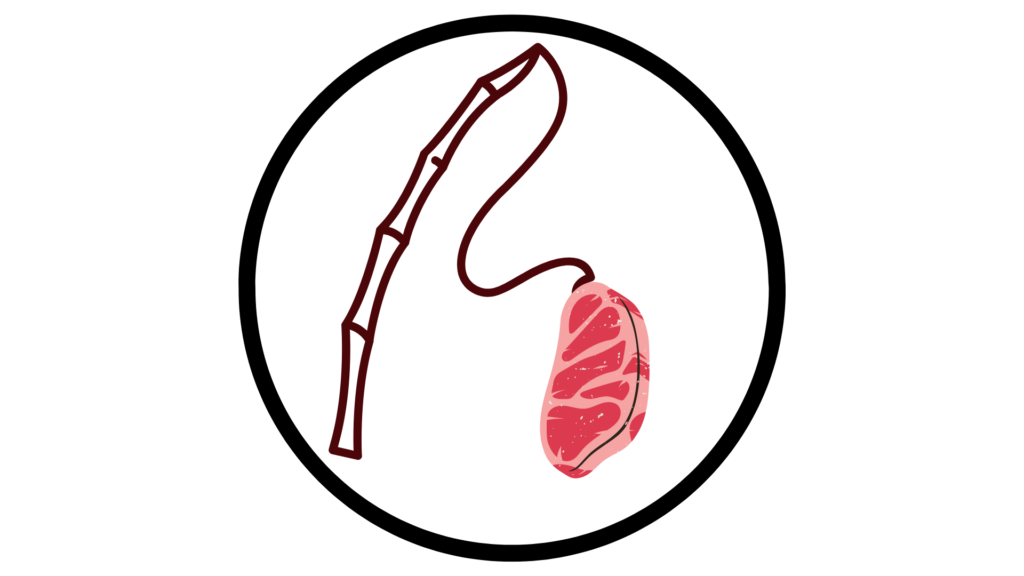
Caring for Your Tadpoles
Your tadpoles will thrive and grow if you take proper care for them. See some tips for caring for your tadpoles below:
- Make sure the water is clean. Change the water if it becomes cloudy or if food has been left in the water for too long. Remember to only use rain water or water collected from a pond. If you really need to use tap water, leave it in a bowl for 3 days before you add it to the tank.
- Try to keep the water temperature constant and between 15-20°C (about 60-70°F).
- Never change the water temperature suddenly as this is likely to kill the tadpoles.
- If you leave your tank outdoors or near a window, make sure it is in a shady place and away from direct sunlight.

What’s Next?
Later your tadpoles will gradually grow front legs, lose their tails, and transform into baby frogs. Baby frogs are sometimes called froglets, and they sometimes retain their tails for a while before they are fully lost.
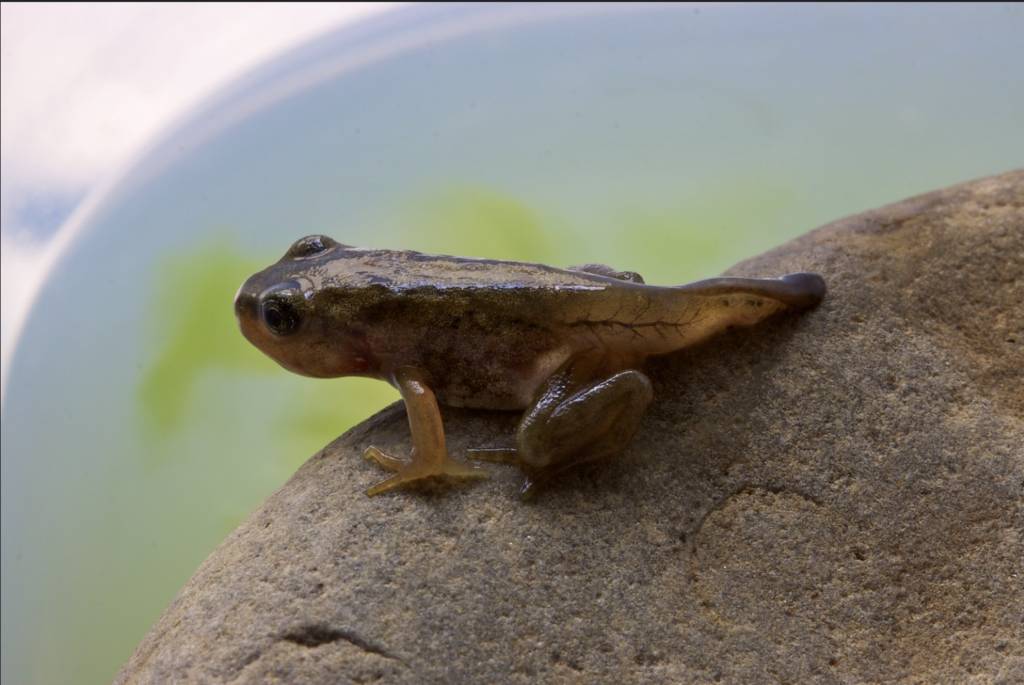
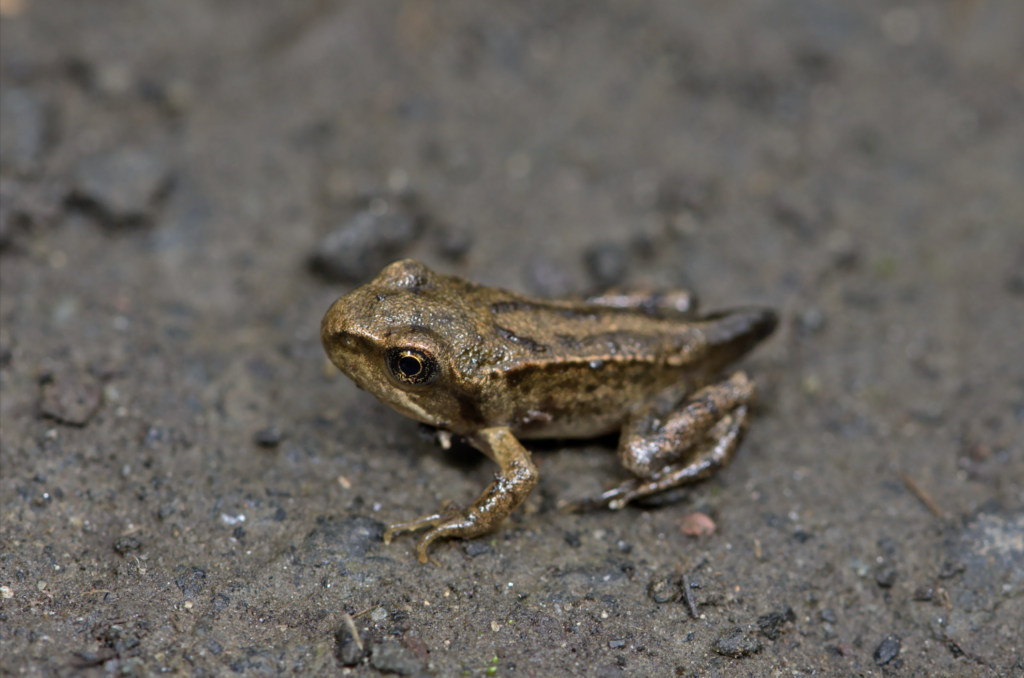
When your tadpoles grow legs, they will need a way to get out of the water. You can put some stones or twigs in your tank for them to climb. It might take 6-12 weeks for them to reach this stage.
Once they develop into frogs they are ready to be released at a site near or a pond. After you’ve helped raise them into adults, they can start a new life-cycle. Click here to learn more about the life-cycles of frogs and click here to explore some fun activities you can do to learn more about the life-cycles of tadpoles!
Quiz Time!
Results
#1. Why is it important to not used tap water when keeping tadpoles as pets?
#2. What is something you can collect from the pond along with your frog spawn to put in your tadpole tank?
#3. What does it mean when we say tadpoles become carnivorous as they grow up?
#4. Fill in the blank: “never change the ______ suddenly as this can kill the tadpoles”.
Remember to attribute photographs, videos or work where appropriate! This is not needed unless used online, but if you’re unsure please refer to the creative commons licence rules. For media credits of the images above, please refer to the next page.




